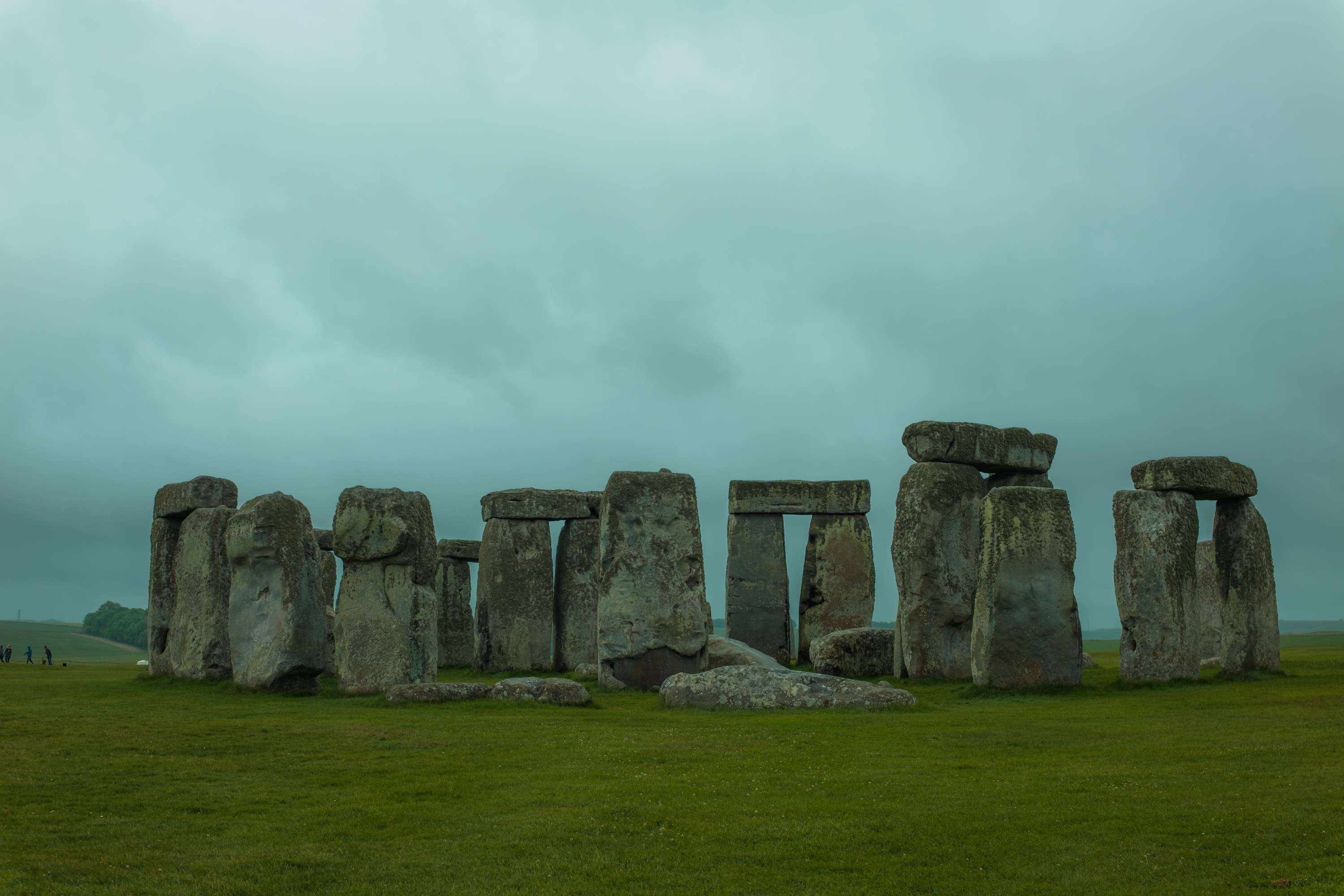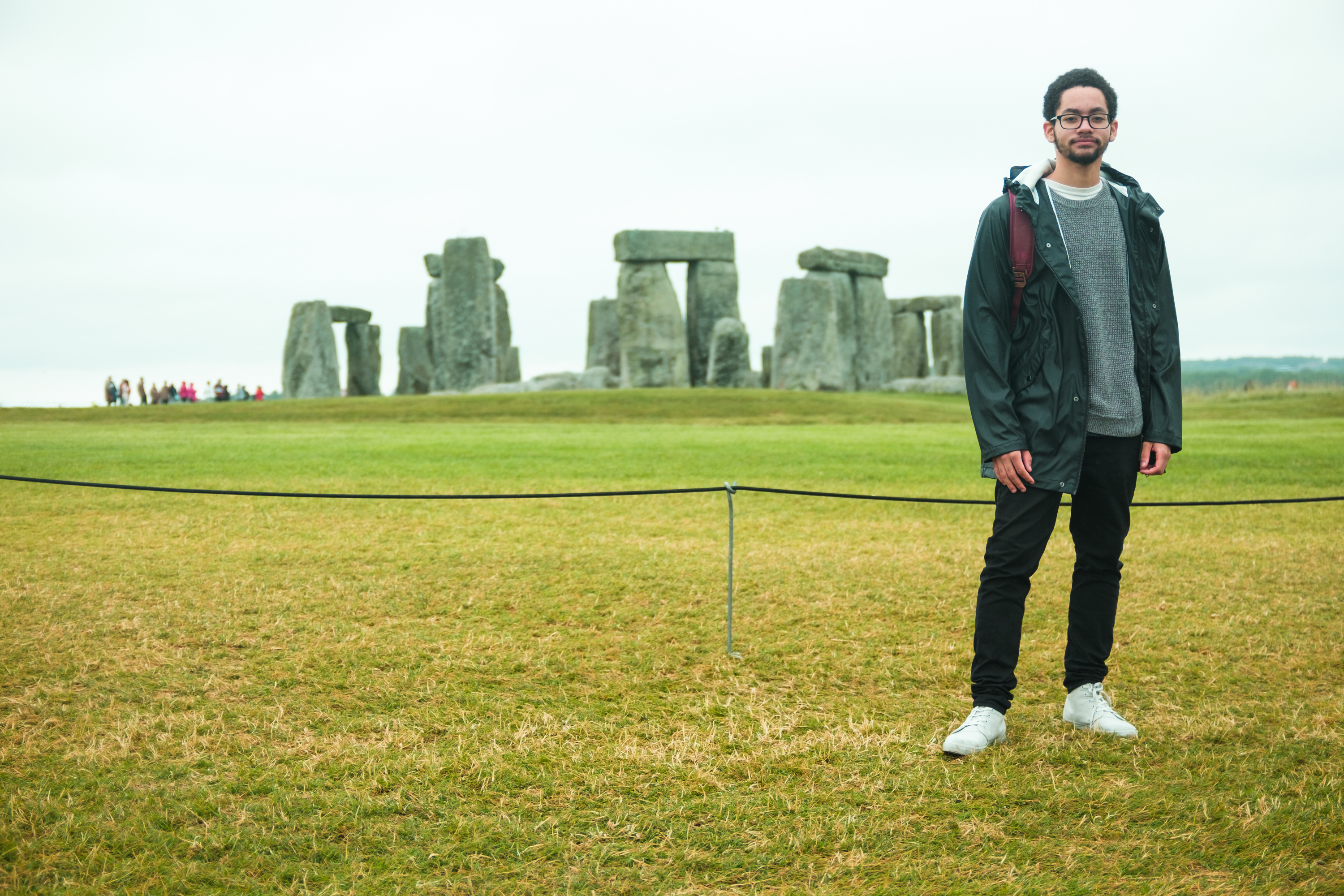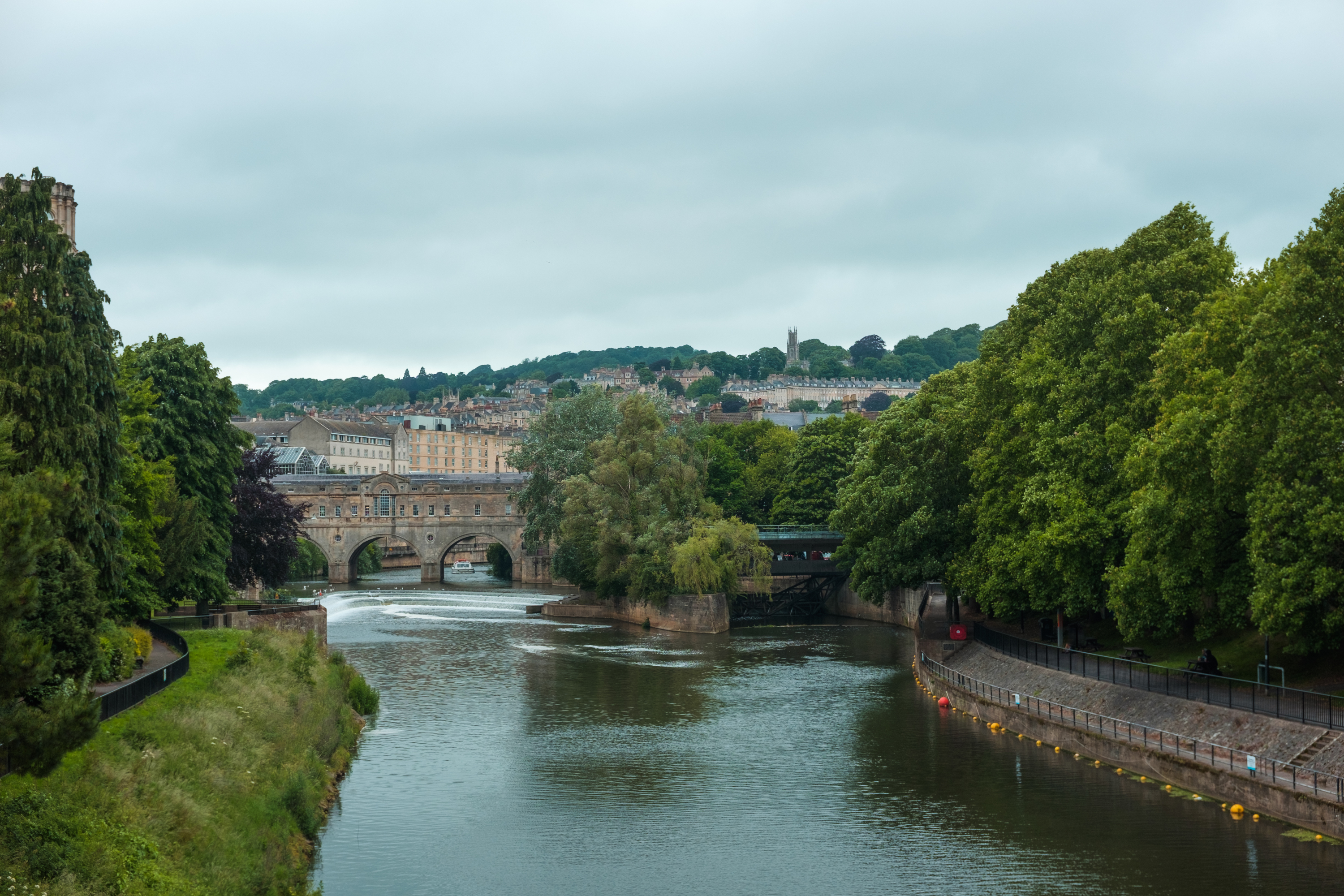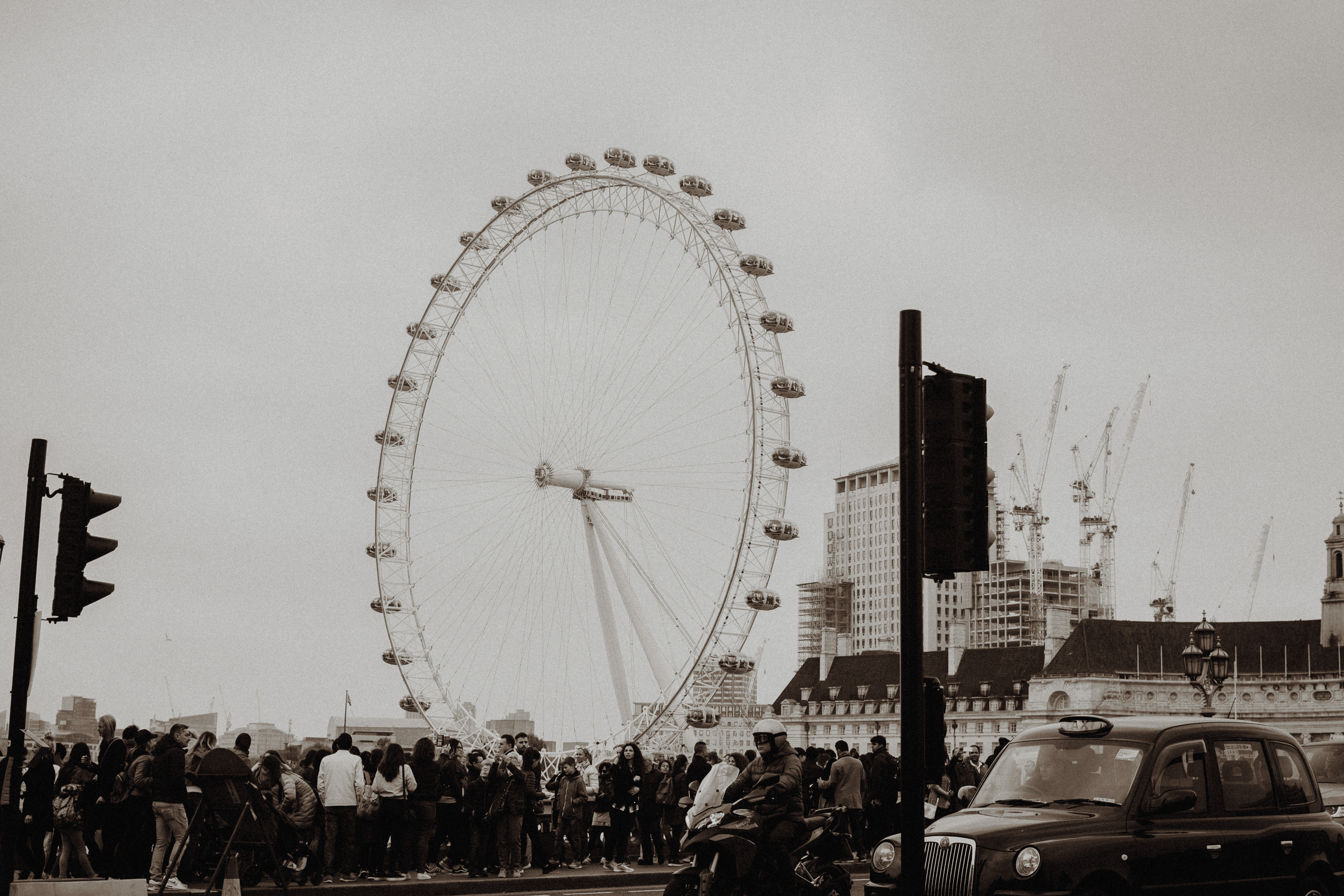Difference between revisions of "Photography & The Linked Ring"
From Londonhua WIKI
| Line 28: | Line 28: | ||
===Photographic Salon=== | ===Photographic Salon=== | ||
The Photographic Salon was created as a way to showcase the works of the Links for the mass public in London to enjoy. The theme of every photography Salon was just three words: difference of opinion. This further echoed the motivation behind the group entirely.<ref>Mortimer, F.J (1919) “Photograms of the Year.” London: Iliffe and Sons. pp 44.</ref> Occurring several times a year, the members of the Linked Ring would vote on prints or plates to be displayed in the collection. The Photographic Salon was also one of the first recorded displays of photographs spaced out at eye level, as opposed to filling an entire wall with images.<ref>Hannavy, J. (2008) “Encyclopedia of 19th Century Photography.” New York: Routledge. Pp 221.</ref> Below are images that were displayed in the 1896 Salon. <ref>The Linked Ring (1896) “Pictorial Photographs” London: Kegan Paul, Trench Trubner and Co. (The London Salon of Photography 2017)</ref> | The Photographic Salon was created as a way to showcase the works of the Links for the mass public in London to enjoy. The theme of every photography Salon was just three words: difference of opinion. This further echoed the motivation behind the group entirely.<ref>Mortimer, F.J (1919) “Photograms of the Year.” London: Iliffe and Sons. pp 44.</ref> Occurring several times a year, the members of the Linked Ring would vote on prints or plates to be displayed in the collection. The Photographic Salon was also one of the first recorded displays of photographs spaced out at eye level, as opposed to filling an entire wall with images.<ref>Hannavy, J. (2008) “Encyclopedia of 19th Century Photography.” New York: Routledge. Pp 221.</ref> Below are images that were displayed in the 1896 Salon. <ref>The Linked Ring (1896) “Pictorial Photographs” London: Kegan Paul, Trench Trubner and Co. (The London Salon of Photography 2017)</ref> | ||
| + | <gallery mode="packed"> | ||
| + | Image:SHjacobdupuis.jpg|''Title Page of Salon Portfolio '' | ||
| + | Image:SHjacobdupuis2.jpg|''An Essex Quay by Lionel C. Bennett'' | ||
| + | Image:SHjacobdupuis3.jpg|''Watching for the Return by Alfred Stieglitz'' | ||
| + | Image:SHjacobdupuis4.jpg|''The Mall by Eustace Calland" | ||
<br><br> | <br><br> | ||
Revision as of 15:05, 17 June 2017
Photography as Art and Science in London
by Jacob Dupuis
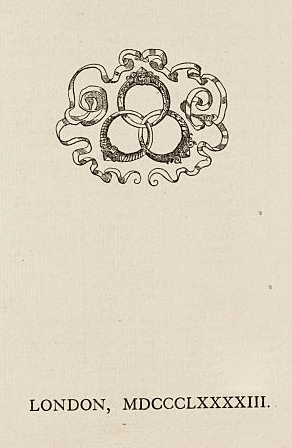 The Linked Ring logo, 1893 |
Contents
Abstract
This project was created with the goals of allowing me to explore the history of photography in London, while allowing me to further my experience of taking photos. While I have not taken classes on photography, I've had experience shooting events and for hire, and am constantly trying to learn as much as I can. Being in London where a lot of modern photography was developed means that there were a lot of resources in the city to help me develop the project as well as my photography skills. This milestone looked at Photography in the end of the 19th century in London and America. The background explores the Linked Ring group and Photo-Secession movement, and how photography moved from just being a science to being an artistic field that utilizes science to further the technical aspects of the craft.
Introduction
This project looked at the historical development of Photography in London and applies some of those principles to photographs that I created here in the city. It provides a summary of how modern photography came to bloom in London, and how it influenced developing techniques in today's digital photography world. The works of the Linked Ring are often studied in a historical or practical way, but my project combined both with modern techniques. Instead of focusing on the experiments or technology of the time period, the project looked at how the styles can be adapted to use with modern cameras. The background of the project contains information about what led up to this shift of how photography was viewed by society as the 20th century began.
Section 1: Background
The Linked Ring
At the start of the 1890s, several photographers grew unhappy with the way that the Royal Photographic Society and its members were looking down upon those who wanted to try new techniques and capture photographs that different from the traditional portraits and landscapes that were being produced. George Davison, Henry Robinson and Henry Van der Weyde decided to then form a club that would support photographers who wanted to experiment with new techniques and promote the fine art aspects of photography as well. This movement became widespread in Europe and the U.S., with groups such as the Vienna Camera Club, Photo-Club de Paris and Photo-Session following en suite. The group grew to 114 Links (as the members were known) and would eventually open invitations to American photographers.[1] In order to receive an invitation, Photographers must have a deep understanding of every aspect of the art form, from the chemical development processes to optical and mechanical skills. Alfred Stieglitz, an American Link, would go on to say “a photograph is not artistic if it is technically perfect, but pictorially rotten.” (quote) This quote reflects that the Links not only strived for the technical knowledge, but for a creative angle of their works as well. [2]
Members
Members of the Linked Ring would go on to develop new photography techniques such as efficient daguerreotype, platinum and palladium toning, artificial lighting in images, carbon-printing, image manipulation, depth of field and low light images.[3] While it was known as a brotherhood, the group would have 4 woman photographers as active members and one holding a leadership role for sometime. All of its members contributed siginfically to photography history. Primarily members were from England, but membership opened up to Americans eventually.[4] The Brotherhood would then vote on disbanding the organization as it felt that too much American influence was occurring. This would lead to the fame and rise of Alfred Stieglitz and the Photo-Secession movement, as he continued to pursue it. [5]
Photographic Salon
The Photographic Salon was created as a way to showcase the works of the Links for the mass public in London to enjoy. The theme of every photography Salon was just three words: difference of opinion. This further echoed the motivation behind the group entirely.[6] Occurring several times a year, the members of the Linked Ring would vote on prints or plates to be displayed in the collection. The Photographic Salon was also one of the first recorded displays of photographs spaced out at eye level, as opposed to filling an entire wall with images.[7] Below are images that were displayed in the 1896 Salon. [8]
- ===Pictorial Photography===
- ==Photo-Secession==
- ===Alfred Stieglitz===
- ====Camera Notes====
- ====Alfred Stieglitz Statements & Gallery====
- ==Results==
- =Showcasing Photography as a Science=
- ==London Street Photography==
- For my deliverable I decided to create 4-5 images that reflect photography elements that members of the Linked Ring used or created here in London.
- ===Images===
Conclusion
In this section, provide a summary or recap of your work, as well as potential areas of further inquiry (for yourself, future students, or other researchers).
References
Add a references section; consult the Help page for details about inserting citations in this page.
- ↑ Harker, M. (1979) “The Linked Ring: The Secession Movement in Photography in Britain.” London: Heinemann. Pp. 17.
- ↑ Taylor, J. (1984) “The Salon de Refuses of 1908.” 8/4 London: History of Photography. Pp 277.
- ↑ Hannavy, J. (2008) “Encyclopedia of 19th Century Photography.” New York: Routledge. Pp 221.
- ↑ Harker, M. (1979) “The Linked Ring: The Secession Movement in Photography in Britain.” London: Heinemann. Pp. 11.
- ↑ Harker, M. (1979) “The Linked Ring: The Secession Movement in Photography in Britain.” London: Heinemann. Pp. 18.
- ↑ Mortimer, F.J (1919) “Photograms of the Year.” London: Iliffe and Sons. pp 44.
- ↑ Hannavy, J. (2008) “Encyclopedia of 19th Century Photography.” New York: Routledge. Pp 221.
- ↑ The Linked Ring (1896) “Pictorial Photographs” London: Kegan Paul, Trench Trubner and Co. (The London Salon of Photography 2017)
